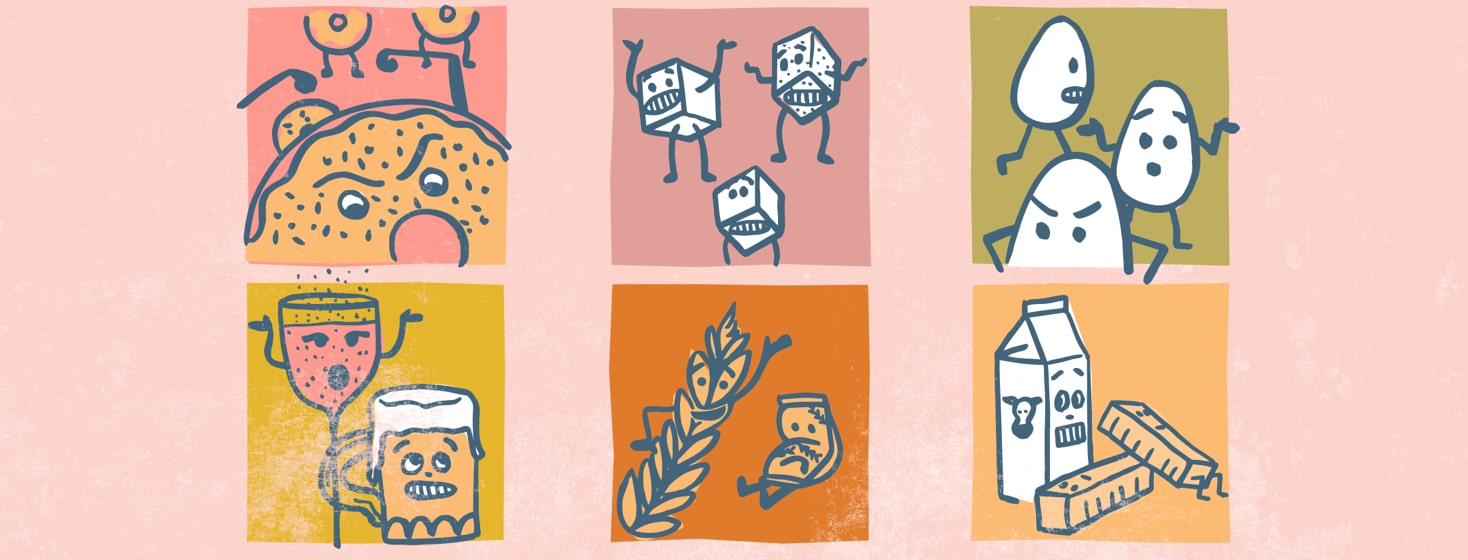What You Need to Know About Sugar
As people with diabetes, we hear a lot about sugar. You may have had someone say to you that you must "watch your sugar" or that "the sugar in your blood is too high." These statements can be confusing because there are two general references about sugar when we speak with people diagnosed with diabetes, and they are not the same.
There is sugar in your blood (called blood glucose), and there is sugar in the food we eat, which is tricky. So, what does this all mean for you?
What is blood glucose?
Blood glucose (sugar in the blood) is part of our normal body function. Our body needs glucose as our best/preferred energy source, and we need a certain amount circulating – not too little and not too much.
Having too much glucose in the blood brings a diagnosis of diabetes. Managing diabetes is managing the blood sugar levels daily, helping our body better manage blood glucose levels with medication, food choices, and exercise, in particular.
Where does sugar come from?
You probably know that the glucose (sugar) in our blood comes from the food we eat. And here's the tricky part. It's a common misconception that the sugar in our blood must come from the sugar in our food, as in eating "sweets."
So, as the misconception goes, we only need to avoid candy, soft drinks, and other "sweet" foods. The truth is that the glucose in our blood comes not only from "sweets" but also from naturally sweet foods like fruit. Glucose also comes from sugars that don't taste sweet, like lactose in milk and from starches.
Carbohydrates contain glucose
All carbohydrates contribute glucose (sugar) to our diet and blood glucose level. These are foods like fruit, milk, yogurt, grains, bread, rice, beer, beans, starchy vegetables, and sweets.
Managing the carbohydrates we eat
We manage diabetes in part by controlling the carbohydrates that we consume. That list includes a lot of incredibly healthy foods that we shouldn't avoid. But it's the nutrition issue that brings us back to sugar. That's because there is no nutritional benefit to sugar. Our food choices today often include products with added sugar, even to foods that are not "sweets" like ketchup and soups. So, the question then becomes how to avoid excess added sugar.
Alternative sweeteners are considered added sugar
Dietary guidelines recommend that all people limit the added sugar in their diet to less than 10 percent of total calories consumed per day. Those with diabetes should be even more careful. And understand that all the "alternative" sweeteners, including white sugar, brown sugar, turbinado, coconut sugar, agave, honey, syrups, nectars – are basically just added sugar.
Are alternative sweeteners healthier than regular sugar?
Many of these sweeteners are marketed to the public as "healthier choices" compared to white sugar. But while some sweeteners may trigger a slightly slower rise to blood sugar levels (a lower glycemic index) or have some extra vitamins or phytonutrients, it is not enough to be beneficial as a "source of" a vitamin or mineral. They are sugar.
Tips to make healthful food choices
As a registered dietician, I can offer you two methods to help guide you to choosing the best foods for your individual diabetes management needs:
- Read the ingredients section on food labels. The ingredients are listed in order of amount in the product. So, if you see any sugar as the first ingredient, this will tell you that the product is loaded with sugar.
- Look at the nutrition facts panel on a food label and read below the line that says total grams of carbohydrate. There you will find the total grams of added sugar.
What is total grams of carbohydrate?
Total carbohydrate includes the natural sugars, starches, and fiber in the whole food. The recommendation for total grams of carbohydrate per meal generally is 30-60 grams, but this depends on each individual. Hence, it is best to speak with your diabetes educator and registered dietitian to determine how many grams of carbohydrate you should consume per meal to manage your blood sugar levels best.
Balancing your food intake is essential
Managing diabetes through diet requires balancing your food intake with a unique concentration on the number of carbohydrates consumed. If you would like to have a scoop of ice cream with dinner, balance it with the total amount of carbs at that meal. One half cup scoop of plain ice cream contains 15 grams of carbohydrate. Go ahead and swap it out for a serving of carb you would have had with your meal. However, minimizing added sugar and saving "sweets" for special occasions is the best strategy. It's all a matter of balance.

Join the conversation